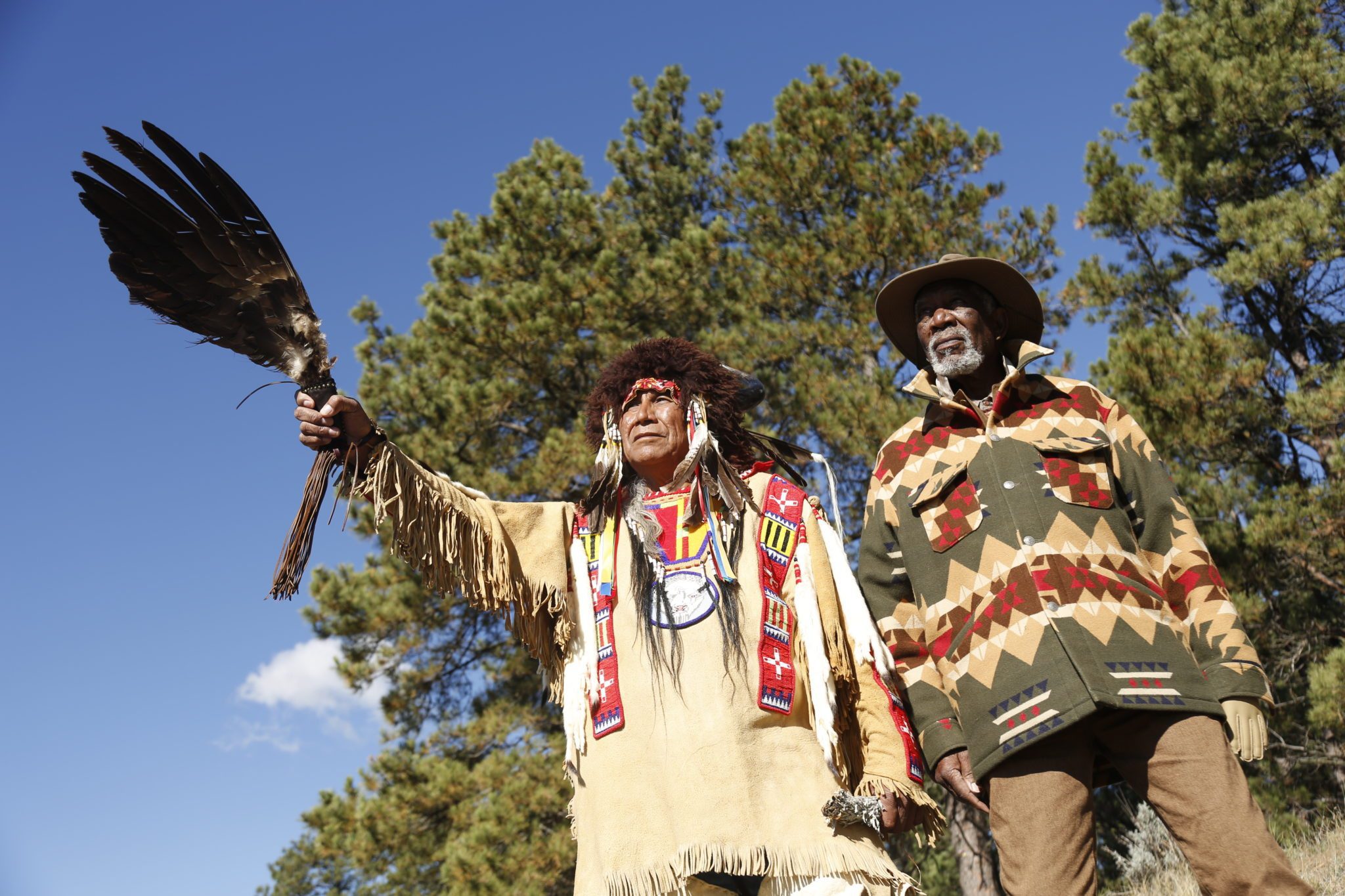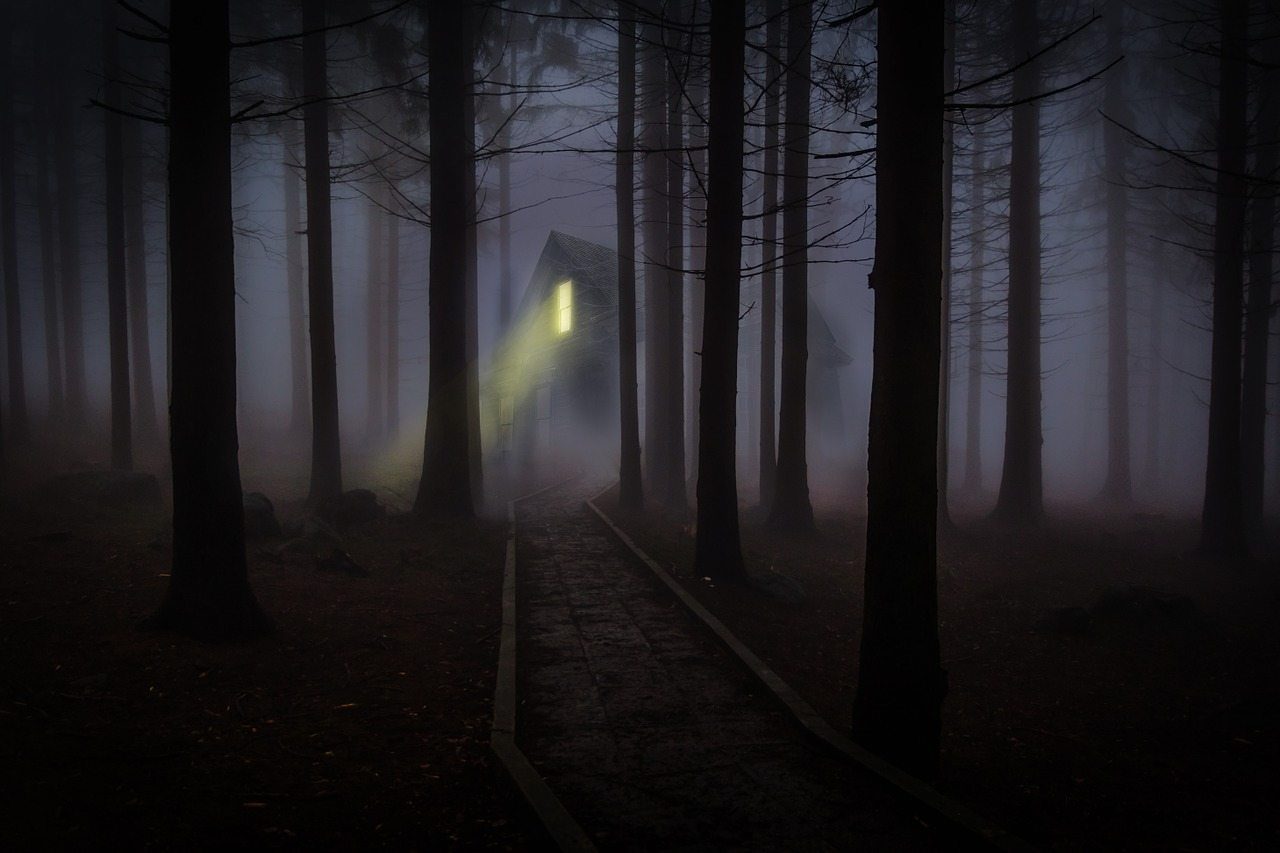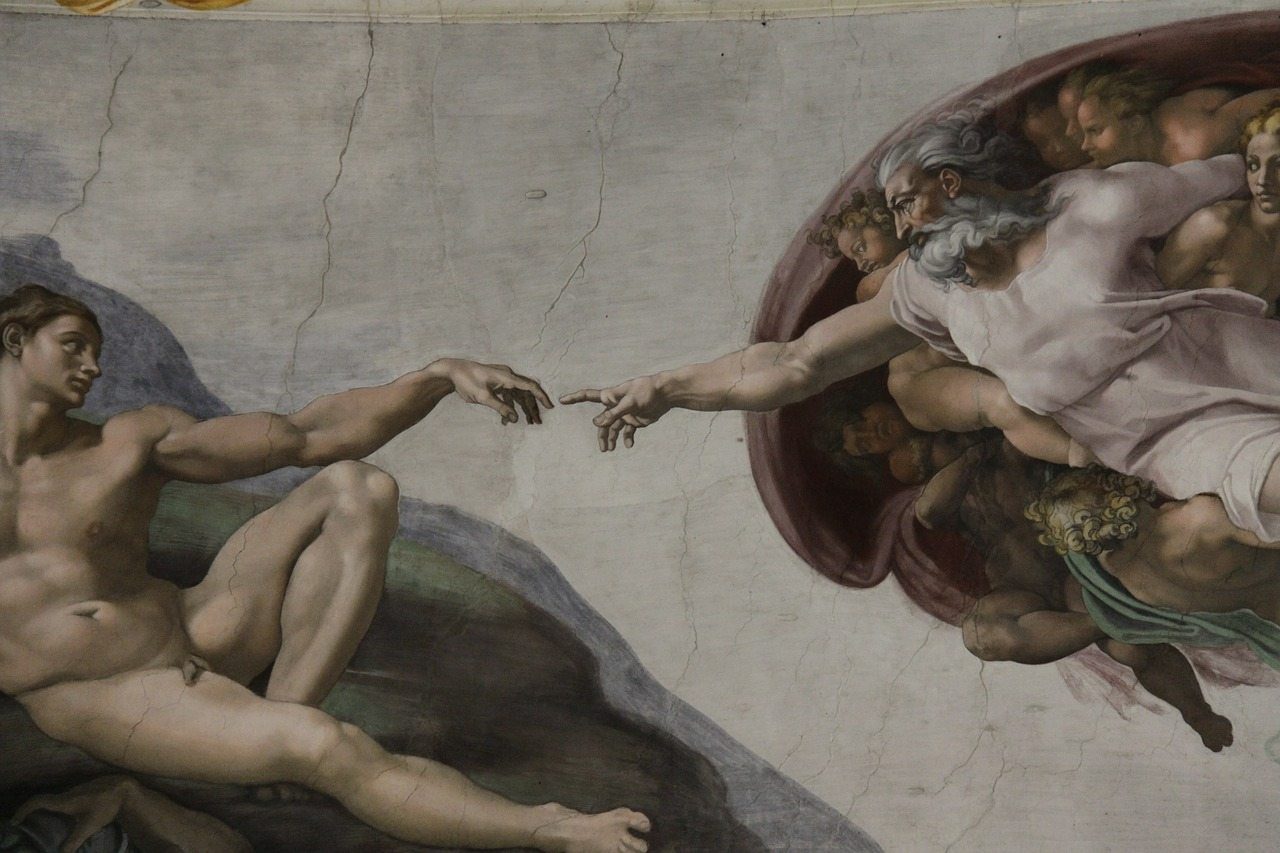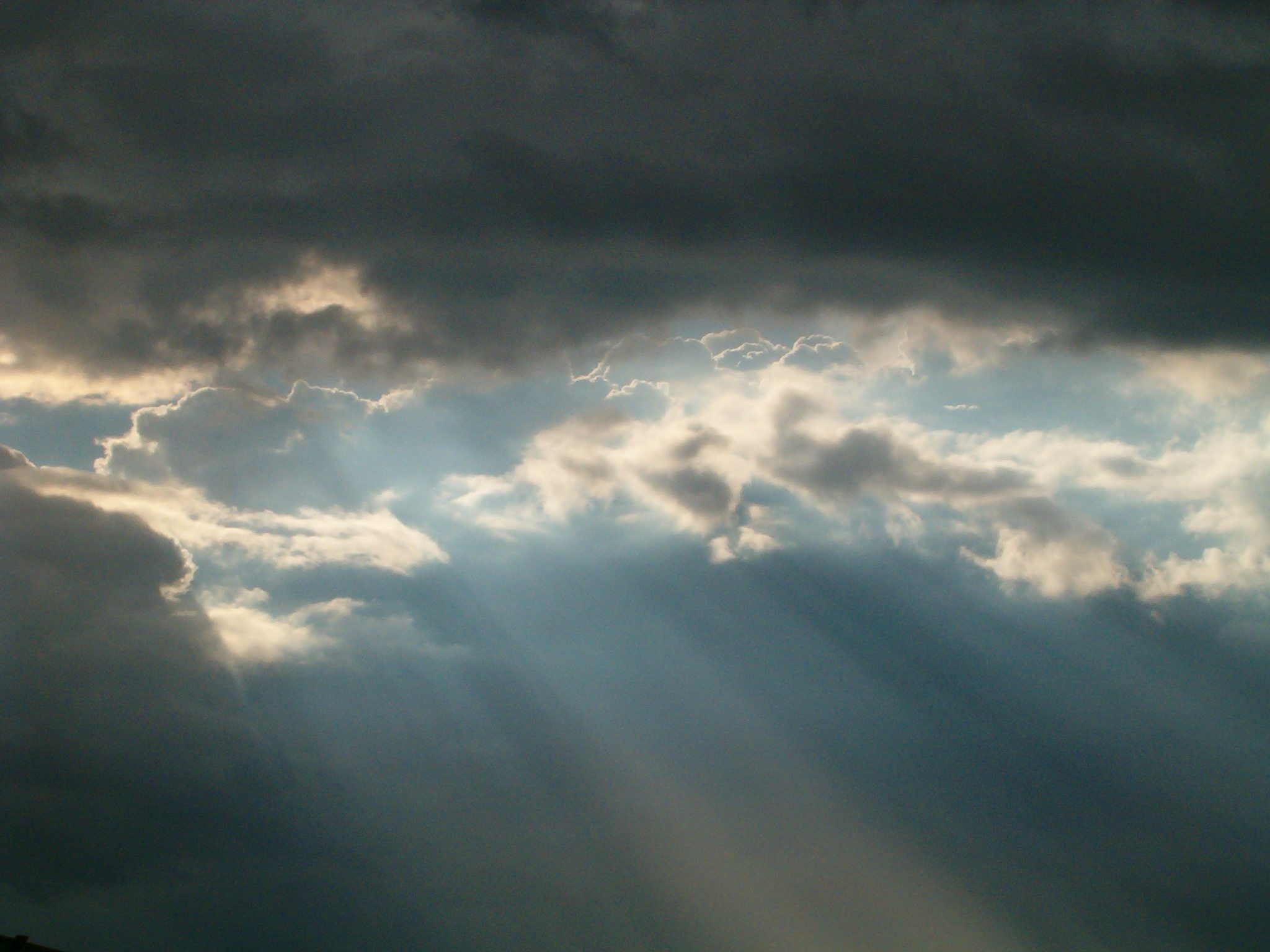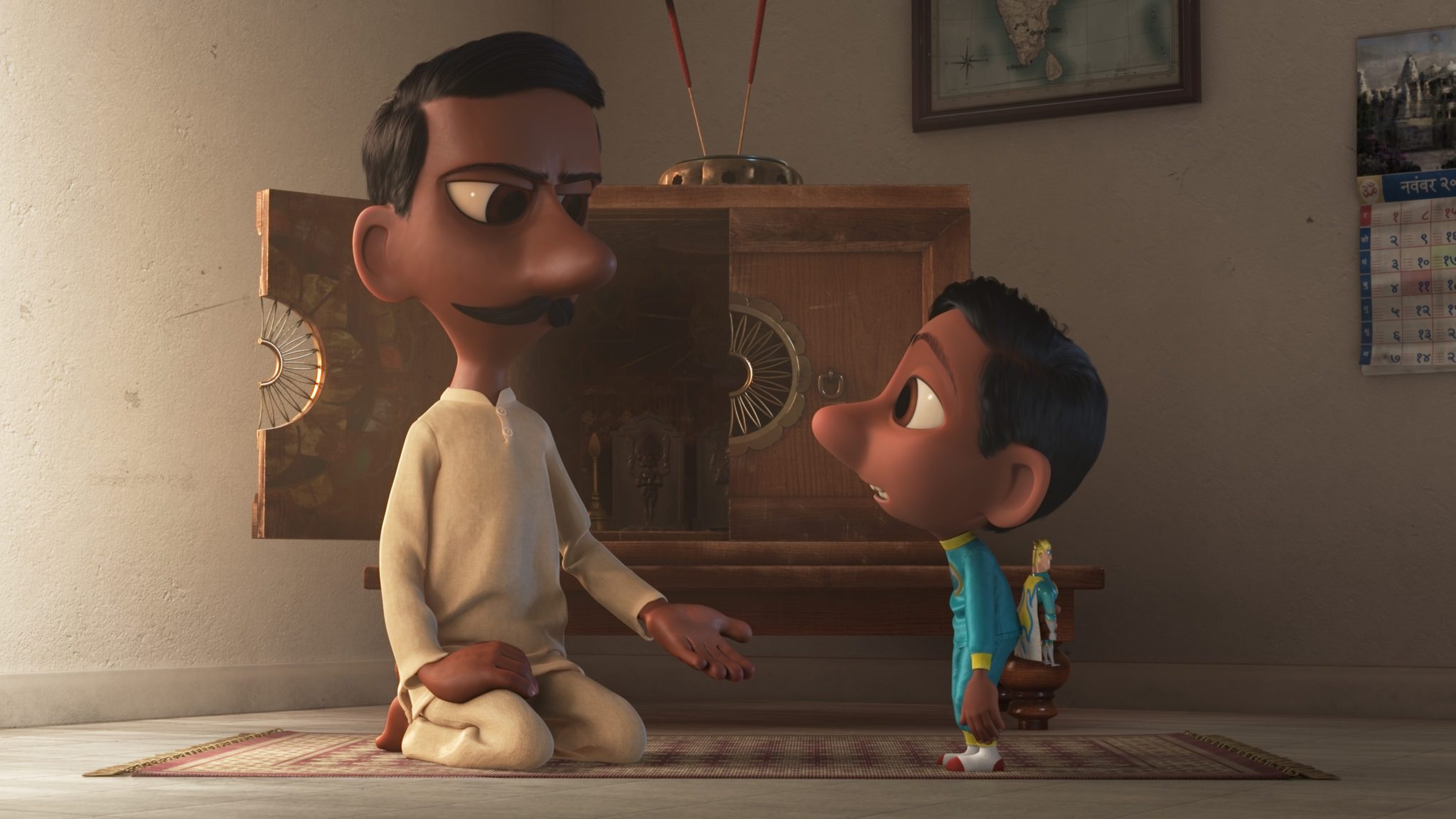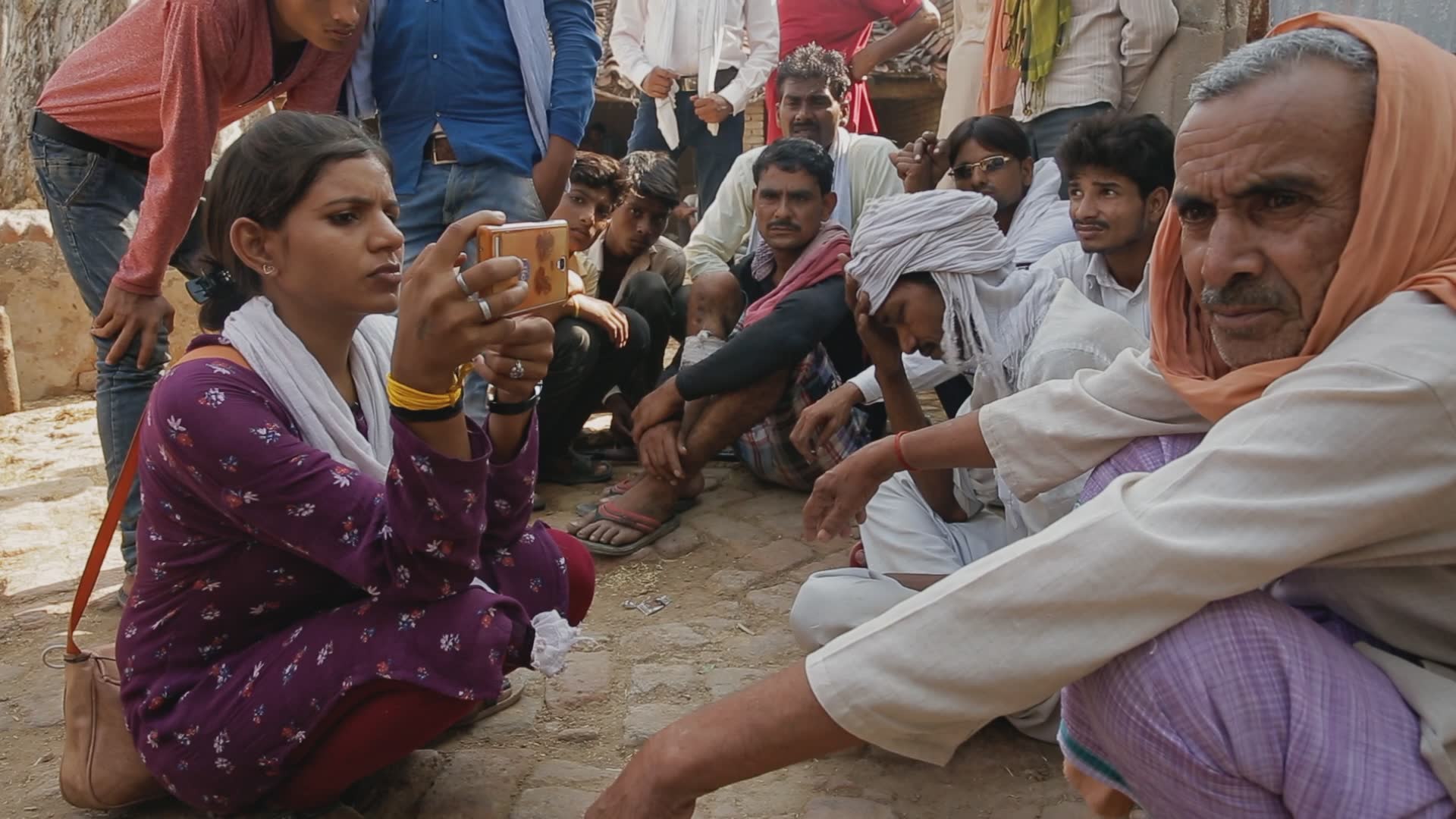
Writing with Fire – Voice for the Voiceless
Journalism has the power to give voice to those who are unseen in society. In Writing with Fire, from directors Rintu Thomas and Sushmit Ghosh, we see how a group of women in India have found their own voice through their journalistic work. The film won an Audience Award and a Special Jury Award at…

